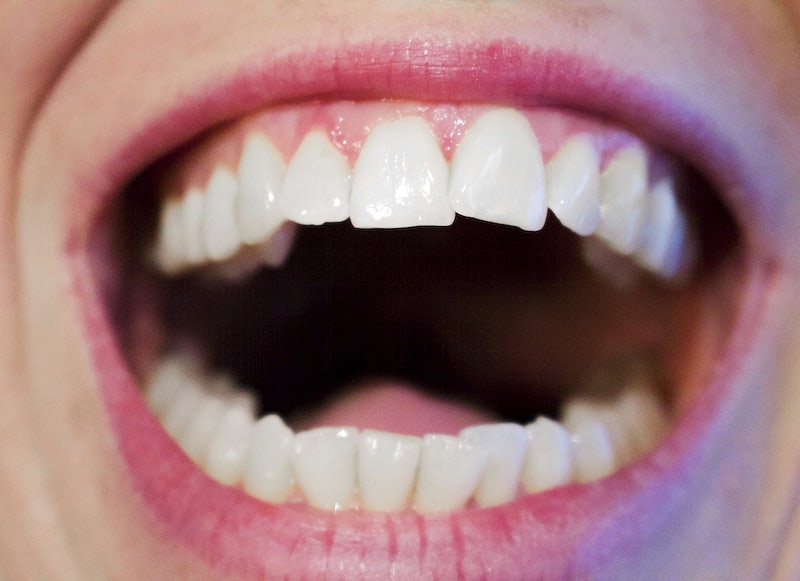Teeth whitening, or dental whitening, is a non-invasive method aimed at improving the appearance of teeth by removing stains and discoloration. Whether performed professionally or through at-home kits, whitening can be a helpful method for those seeking aesthetics. While the procedure offers various benefits, it carries certain risks that individuals should contemplate before proceeding. Let’s explore both the key benefits and potential risks of teeth whitening.
Key Benefits
One of the primary reasons people choose dental whitening is its ability to enhance confidence. A brighter smile often leads to greater self-assurance in social and professional interactions. This improved confidence can make an individual feel better about their overall appearance.
Teeth whitening can help remove stains caused by common foods and beverages, such as coffee, tea, or wine. These stains can dull the natural shine of teeth over time, making a professional or well-formulated at-home whitening treatment a useful remedy. It can also provide a youthful appearance. A whiter smile can counteract the natural discoloration that occurs as people age, potentially making them look younger. Unlike more invasive cosmetic procedures, teeth whitening is relatively straightforward and does not require significant downtime or recovery, making it an accessible option for many.
Potential Risks
While teeth whitening has benefits, there are also potential risks. A common side effect is temporary tooth sensitivity. Whitening agents often penetrate the enamel, exposing dentinal tubules that can cause heightened sensitivity to hot and cold temperatures. This reaction typically subsides shortly after completing the treatment but can be uncomfortable during the process.
Gum irritation is another risk, particularly if the whitening solution directly touches the gums. Such irritation can cause redness or discomfort, but it is usually short-lived. This issue may be more prevalent with at-home whitening kits, where precise application is harder to achieve.
There is also a risk of uneven results. Teeth with fillings, crowns, or damage may not respond to whitening agents in the same way as natural enamel. This can create inconsistencies in tone, leaving some areas noticeably lighter or darker than others. The effectiveness of whitening procedures varies from person to person, with some achieving the desired results faster than others.
Another risk is the potential for enamel damage due to overuse of whitening products. Excessive treatments can erode the enamel, increasing sensitivity and the risk of other dental issues. Preventing overuse by following recommended guidelines from a dentist is key to avoiding this outcome. While at-home whitening kits are convenient, they are often less effective than professional treatments and may not produce the same results. Poor formulation or misuse can further increase the risk of unsatisfactory or harmful outcomes.
Explore Professional Teeth Whitening Treatments
Dental whitening can enhance your smile and improve both confidence and overall appearance. It is also effective in reducing stains while remaining a simple, non-invasive option. The potential risks, such as sensitivity, irritation, uneven results, and enamel damage, highlight the need for proper care and understanding of the procedure. To maximize benefits and minimize risks, explore professional teeth whitening treatments by consulting a dental professional.

